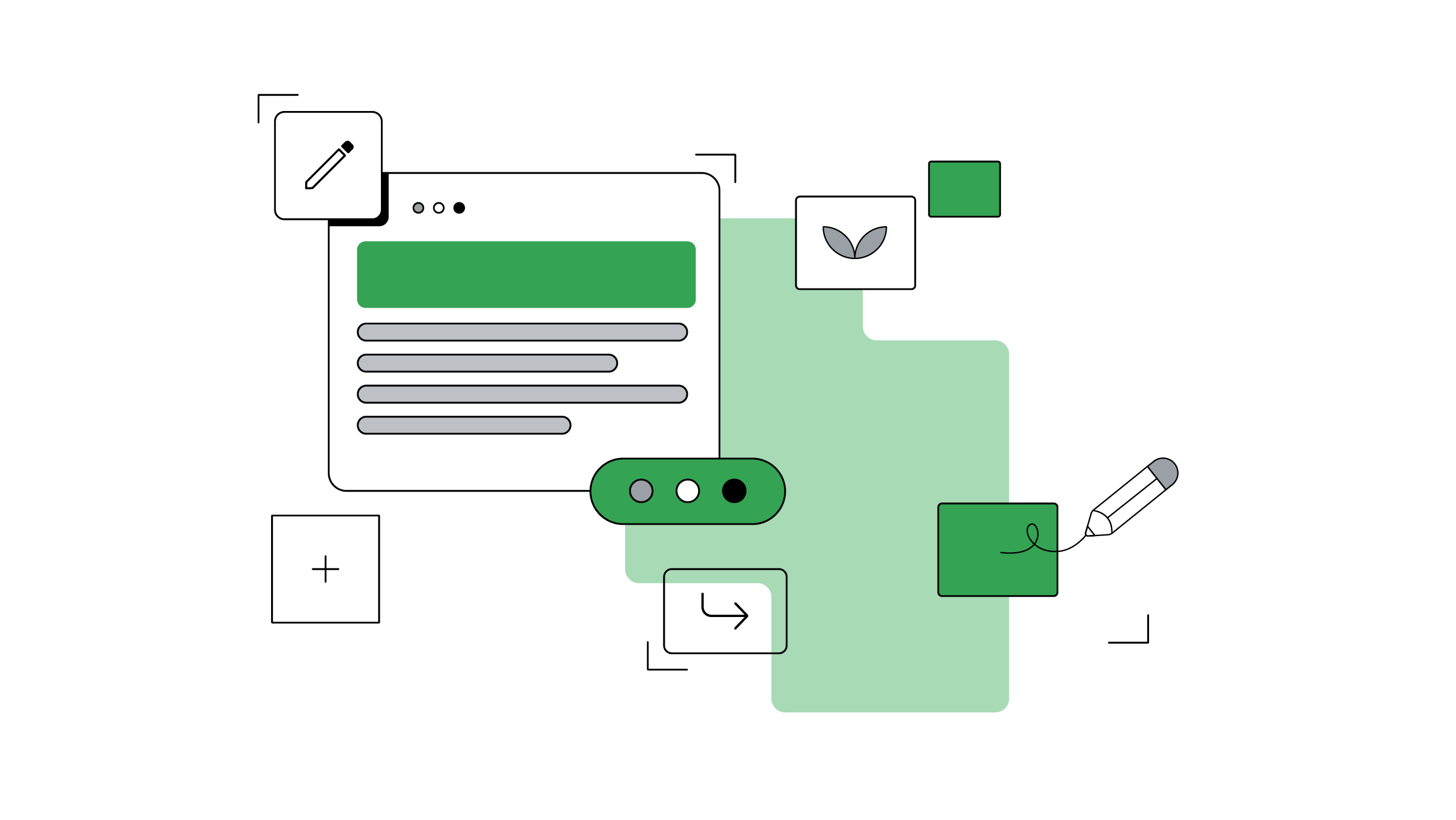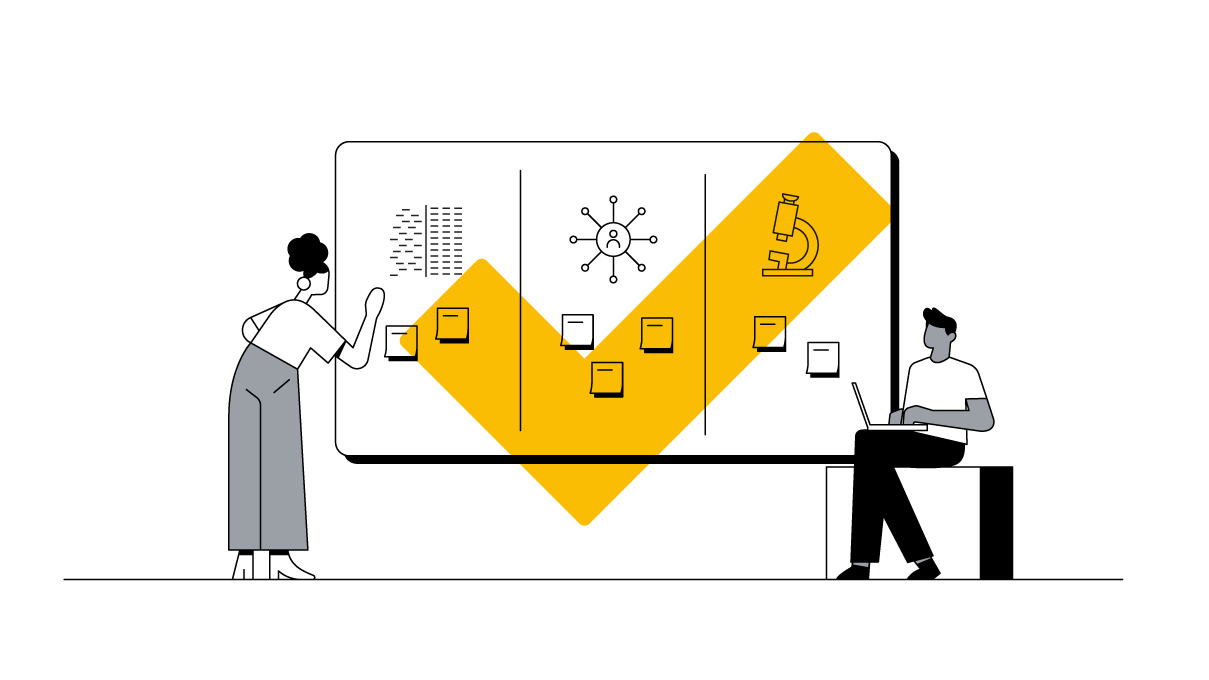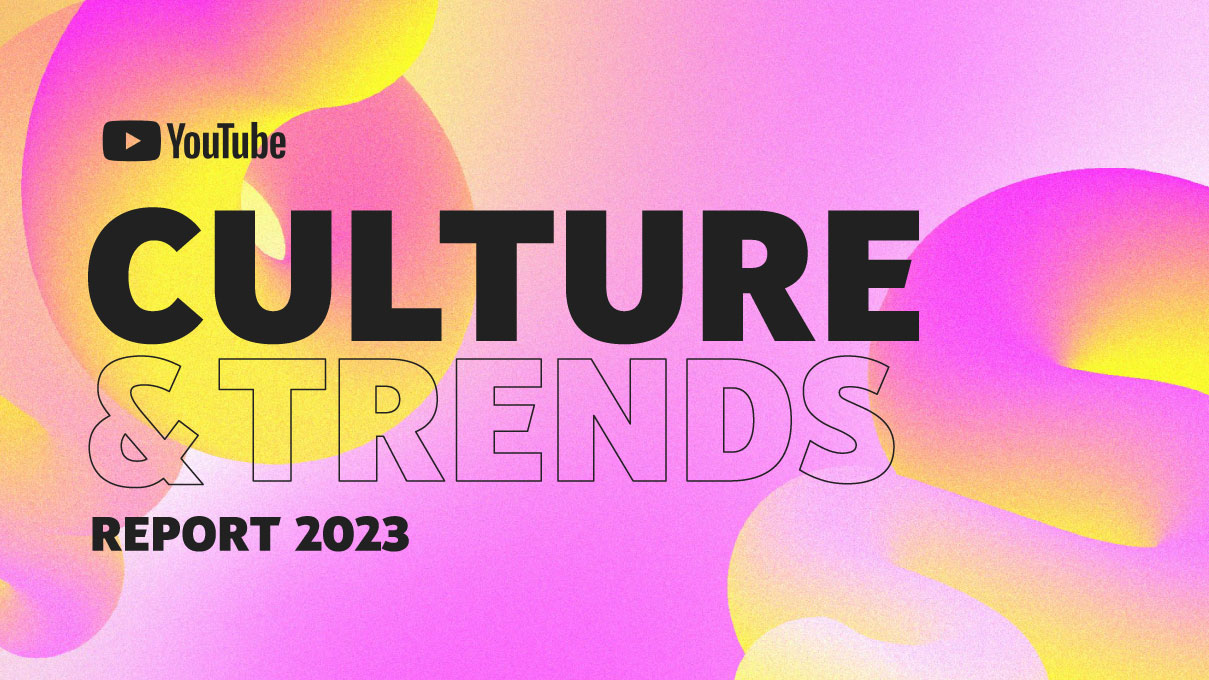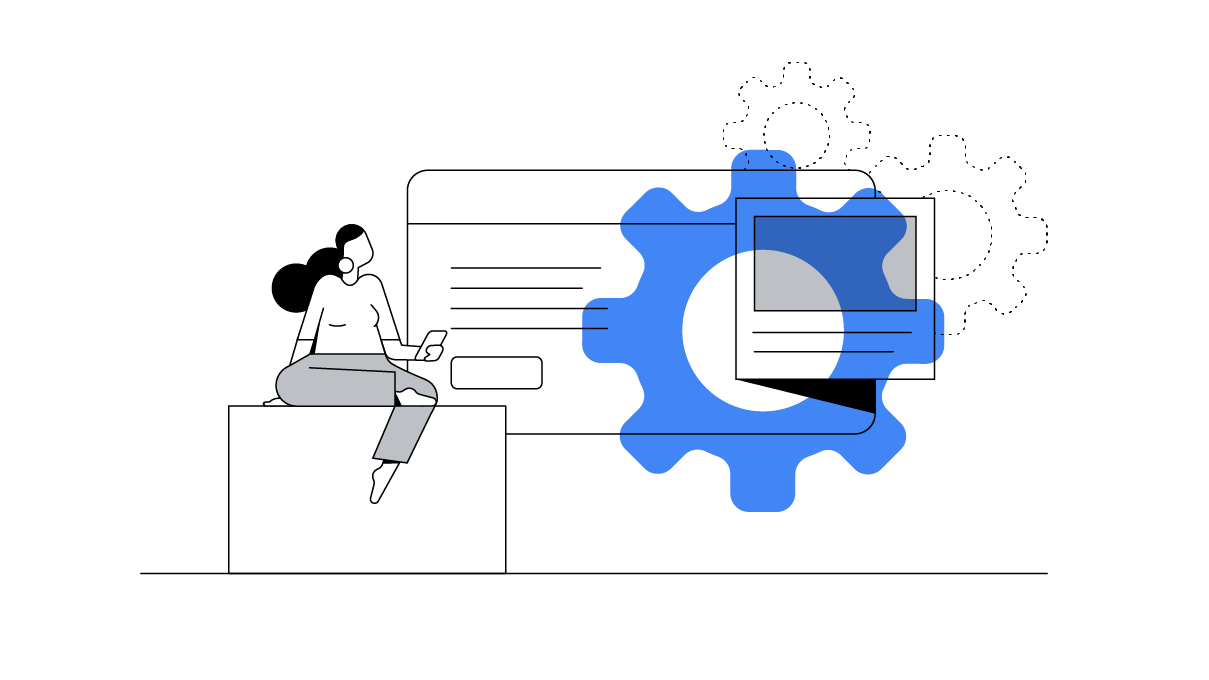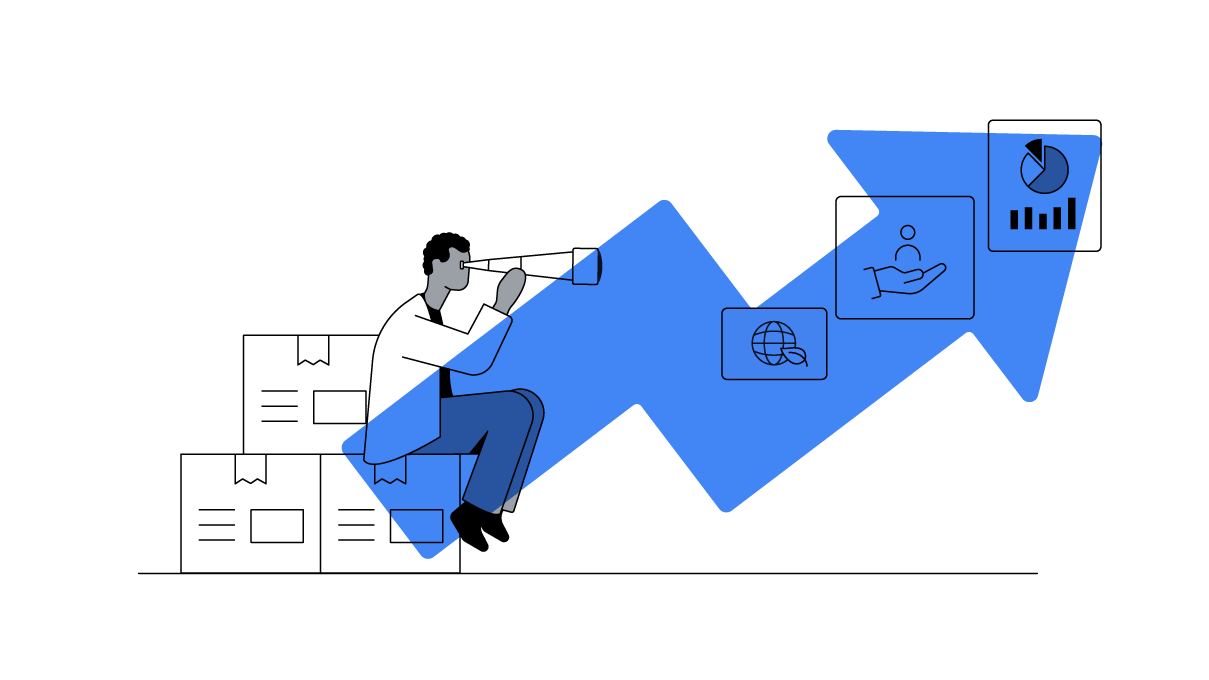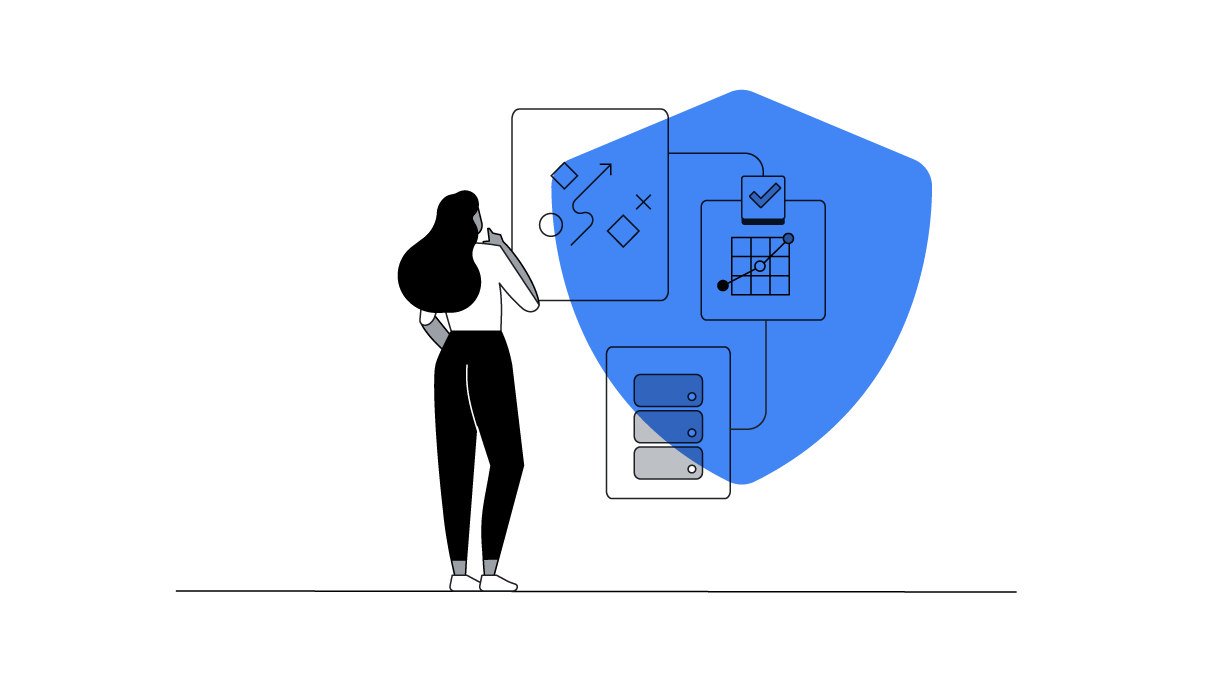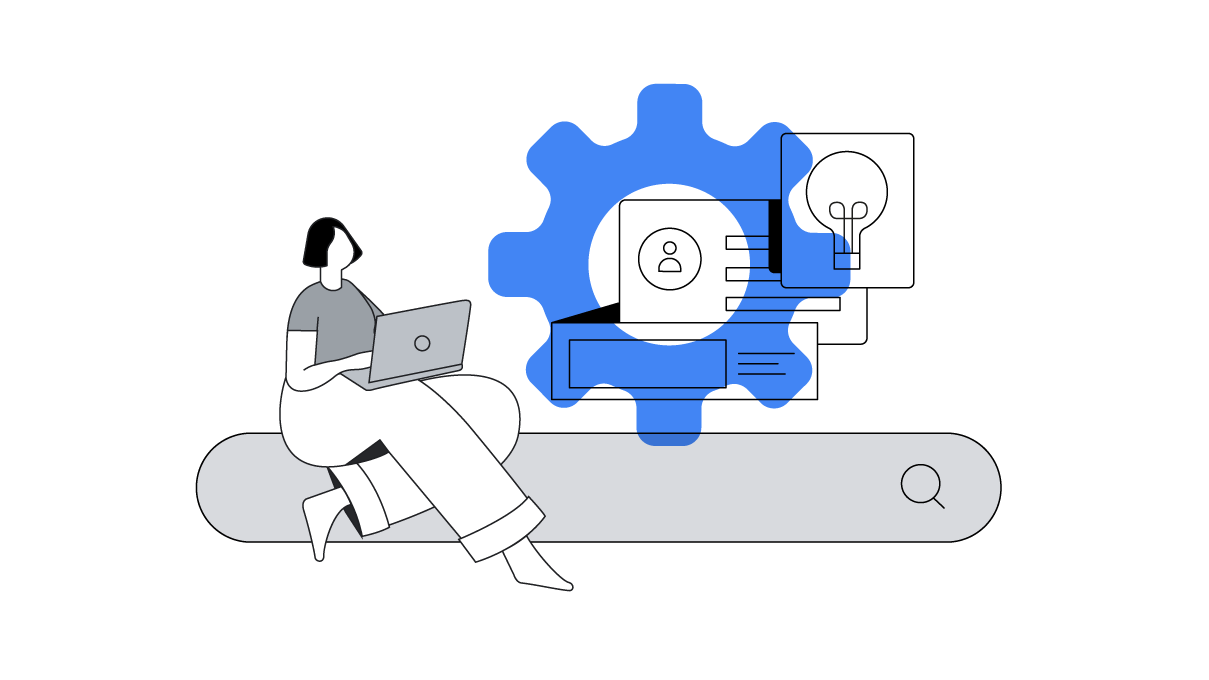Kendall Kazor is a member of Google’s People Development School for Googlers team, which produces Resilience at Google, a podcast examining the science behind resilience and high performance. This excerpted interview features a conversation from Season 2.
Creativity can be hard to define, but it’s an essential skill in today’s workforce. Creativity helps us solve existing challenges and envision new opportunities, and it is considered an X-factor by many of the world’s most innovative companies.
As the pace of work and connectivity steadily increases, how do we create the space we need to come up with our best ideas? Can we be creative and productive at the same time? And how do we keep the creative spark lit, even when we start to feel drained? These are questions we hear often from Googlers, but they are not questions unique to Google.
In April of this year, we launched a podcast series to help people better understand resilience, which we define as the ability to respond to and recover from stress. Every episode pairs neuroscientists and psychologists with mental performance coaches who discuss the science behind resilience, along with effective ways to react to change and other daily challenges.
In the first episode of the podcast’s second season, we focus on creativity — specifically, how to recharge ourselves and maximize creativity during periods of high stress and transition. For this conversation, we were joined by digital anthropologist and author Rahaf Harfoush and associate professor of sport and performance psychology at Nottingham Trent University Dr. Mustafa Sarkar.
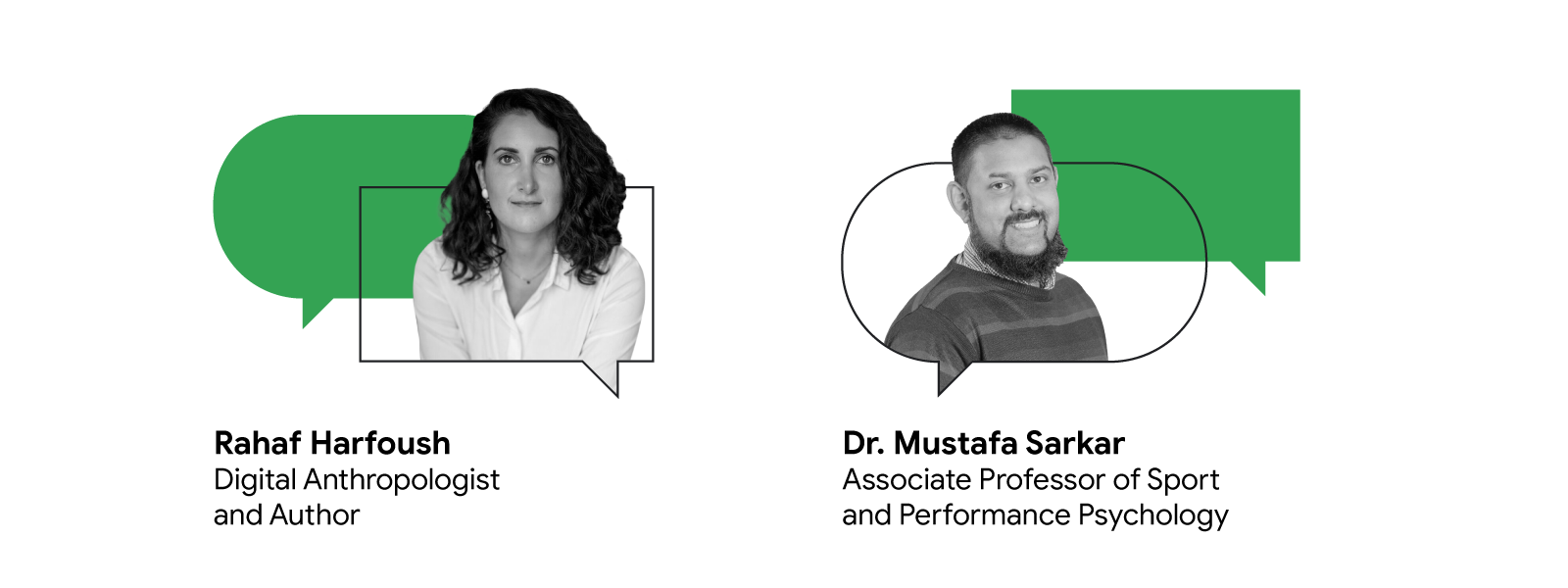
We’re all striving to be our best, and often we equate that with being productive. Rahaf, you wrote a book called “Hustle and Float,” which is a helpful concept for thinking about productivity. Can you explain it?
Rahaf Harfoush: “Hustle and float” is a phrase borrowed from white-water rafting. It’s the idea that, to have a good rafting trip, you need a mix of hustle and float. There’s a period when you have to exert yourself to make the raft go where you want it to go, to move forward. But there are also periods when you have to lift your oar and let the river do the work. Too much of one or the other will ruin your trip. Too much hustle, and you’ll get exhausted and make mistakes that can be dangerous. Too much float, and it’s boring; you don’t get where you want to go and are at the mercy of the river. The idea is that, in order to successfully navigate, we have to balance between when we do the work and when the river does the work. And that’s easily applied to productivity culture: We’re so accustomed to hustling, we don’t remember how to float.
We’re so accustomed to hustling, we don’t remember how to float.
Creativity helps solve big problems, which makes it a fundamental leadership capability we all need. Mustafa, when we consider team resilience, creativity is such a key part of navigating challenges and uncertainty. You study high-performance teams. What specifically have you noticed about managers and other leaders?
Mustafa Sarkar: Team learning is vital to resilience; teams that are on the same wavelength are better able to respond as a collective to difficult situations. Teams need time and space to perform in this way, and leaders are critical to shaping an environment and intentionally creating time and space for creativity. Effective leaders also have influence over the ideas that are generated.
Prioritizing time and space for creativity is so important. But there’s a misconception that prioritizing creativity comes at the expense of productivity. How do we overcome that to embrace the idea that focused work and detachment give teams a competitive advantage?
Harfoush: Since we define productivity as continuous visual output, we tend to obsess over visible work performance. For most of us, the visible work — the presentation to the client, the final research report — is just a fraction of our process, maybe 25%. The remaining 75% is unseen, and so we think it’s invisible to performance. And, from a resiliency perspective, we are accustomed to optimizing and getting drained as if it’s an end state to be celebrated, rather than treating our creative energy as a sustainable resource to be renewed and replenished strategically.
As humans, we often wait until we are at 5% energy to recharge, but we would never wait until our phone is at 5% battery power to charge it.
Sarkar: There’s an analogy about a cellphone battery: As humans, we often wait until we are at 5% energy to recharge, but we would never wait until our phone is at 5% battery power to charge it. We’d probably start charging it at 30%. Why do we do it with our phones but not ourselves?
We know our best ideas and our best performance moments come after the rest, and we see that proven by professional athletes all the time. Why is it so hard to slow down?
Harfoush: There’s a myth that says your success is solely dependent on your ability to work hard. And that anytime you’re not actively demonstrating that you’re working hard, you are signaling that you’re not deserving of your own success. In reality, we know that hard work can move the needle, yes, but there are so many other factors.
Sarkar: An important thing to consider when we talk about work devotion is identity and what fills your life outside of work. If you have multiple identities — if you’re a father, a mother, a footballer, an exerciser, a cook, whatever it may be — you’ll consider those aspects of your life very important. But if your identity is solely tied to work, that’s the only way you’ll see yourself and your success.
Often there is a badge of honor around how hard we all work, especially among high performers. How can companies go about shifting that belief system?
Sarkar: Resilience is cultivated by design, not by default. It doesn’t happen automatically, and that’s why focusing on the work environment is so important. As a leader or manager, you must focus on proactively creating an environment where it is safe for people to speak up when they see things that aren’t healthy, and creating opportunities where you can hold up your hand and acknowledge your own mistakes.
Resilience doesn’t happen automatically, and that’s why focusing on the work environment is so important.
Harfoush: To build on that, it’s important to consider questions that contribute to environment: What does success look like here? What behaviors do we hold up as aspirational? How do we measure performance? How do we define performance?
I also encourage clients to start with small experiments. Make hypotheses about what you think you can prove through experimentation. Maybe you’ll see better strategic thinking and fewer mistakes when people aren’t sleep deprived and overstressed. Get the data and build on what you learn.
One of the top questions we get from people managers at Google has been: What can I do now to increase my team’s resilience and productivity down the road? What’s your advice?
Sarkar: Resilience boils down to cultivating relationships, particularly because of remote and hybrid work. There’s a saying that “strangers can’t team,” and many of us are in a situation now where we don’t know our teammates. Working to cultivate relationships and shared values is more critical than ever.
Harfoush: Productivity is a reflection of a system, and it can be anything that you want. So if you want to increase your team’s productivity, then it’s critical to specify what that means. Is it increased time for deep work? More periods of intense collaboration? Eliminating distractions through prioritization?
If you want to increase your team’s productivity, then it’s critical to specify what that means.
Another thing for managers to think about is anti-fragility — not just helping your team be productive and resilient through disruption, but using the disruption to grow and be better. As strategic thinkers, we have to be adaptive and responsive, and challenge assumptions and evolve. All of those things require a different relationship to change. So as leaders, we must really get to know ourselves, our creativity, our energy, and what drains and replenishes us.
Download and listen to the full conversation on Google Podcasts or wherever you find your favorite shows.
